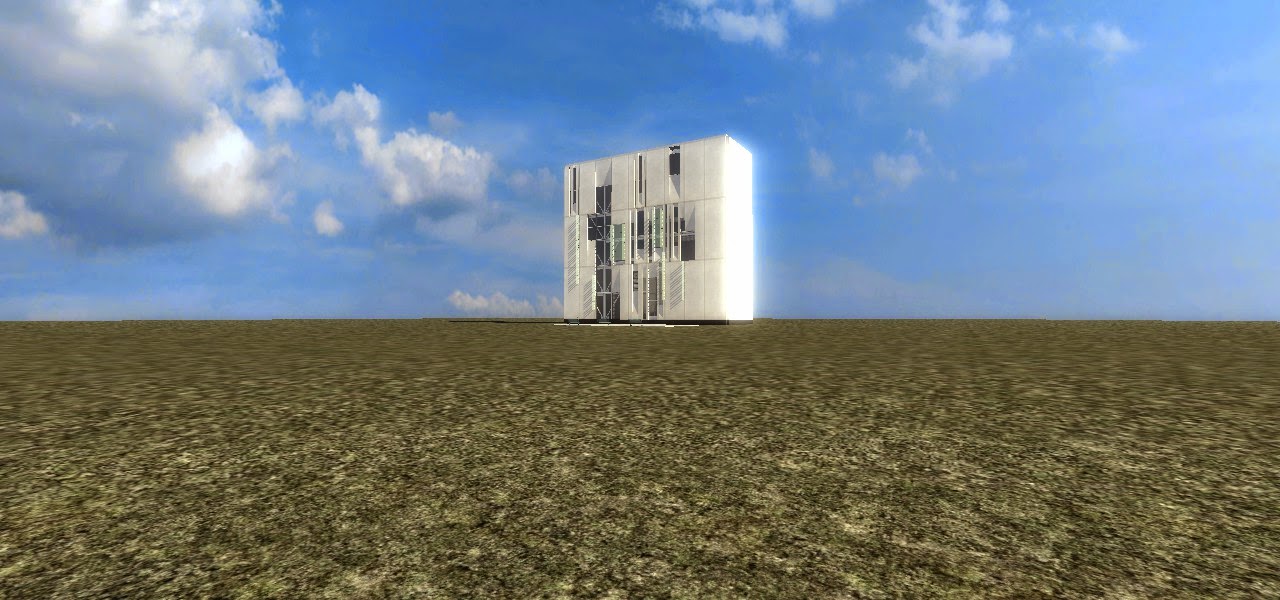
Keys is a newly released single player Source mod, made mostly by Ryan Trawick, that is freely available to anyone with a Steam account.
... Which is made possible by Valve's generous licensing of their Source SDK 2013 Base. This is kind of a big shift in policy for Valve. Historically, mods have been locked to their parent platforms so that they could drive-up sales of triple-A retail (e.g. people buying Arma to play the original Day Z, or Warcraft 3 to play the original DOTA), but something here has changed. Perhaps Valve has decided they have enough money, or perhaps they realized Steam is already a powerful platform to lock-in people anyway. So now, Source 1 is kind of transitioning into more of a middleware platform like Unity or Unreal, though most people outside of the TF2 / CS:GO communities have generally moved on already.
What are Source mods in a "post-mod" age, where they're not even modding a retail game anymore, and they're freely distributed and shared? Can we even still call these things "mods", or have they transcended that type of framing?
Already, some mods like NeoTokyo are earning distribution on Steam store pages as "standalone mods" -- which is a term that should make absolutely no sense, a mod by definition must modify something and not stand alone. But that's just a boring appeal to semantics, we understand perfectly what a standalone mod means because a mod is no longer about the technical knowledge of "totally-converting" all the existing game content to prove your fitness to enter the game industry. Instead, the mod is transitioning, from being defined primarily in terms of its technical nature, and now into a form of pure energy, of ideology and expectations.
Very few people will ever play the GTA5 tsunami mod, but for the millions of people who have watched it, it helps us better understand the poetry of a simulation and appreciate it in new ways: this is the work that only mods can do, and again, we will never play it or experience it first-hand, it could all be an elaborate pre-rendered animation for all we know. Yet, more than anything else, it lays bare the digital stuff that this game is made of, even though it's only a ghost of a game. And this is how many people consume games as media! They exist primarily in a culture of spectatorship that defies a player-developer dichotomy.
(Also note that in the video above, the player mostly just move around in this space, because that dance is more interesting than stealing a car and completing missions. The walking simulator is not a game genre, it is a play-style.)
A "post-mod culture" or style occupies the space outside and between player and developer, and it is content to live there with dignity instead of desiring a seat with the "gods" in the game industry. NeoTokyo is still a mod only because it wants to be read as a mod, since nothing about its distribution or infrastructure makes it a mod in the classical sense. Perhaps identifying as a "mod" is less about the engine, and more about the aesthetic tradition you're invoking.
Artistically, Keys kind of wears its inspirations on its sleeve -- anyone who has played Barista 2, Kairo, or Radiator, will spot some familiar setpieces here.
If I had to draw a common thread here, it's that none of these somewhat experimental proto-walking simulators look very expensive vs. modern "mainstream" walking simulators / huge financial successes like Dear Esther and Gone Home staffed by ex-AAA artists who densely populate their spaces with details to maintain the illusion of psychological realism.

If the "independent style" is trying to evoke a constructed honesty of materials, then I propose mods like Keys are attempting to enact a similar honesty of materials with their calculated sparseness. The best mods communicate scrappiness and gumption through the ingenuity of their hacks... and a hack wants to be read as a hack, otherwise what's the point? In this respect, Keys is proudly rough and even a little "punk" in its use of developer textures, visual glitching, and sarcastically scrawled jump-height annotations.
Obviously I'm sympathetic to this tradition, but what surprises me more is that this tradition exists at all, and I just kind of took it for granted this whole time -- and here's someone else who saw the through line.
Let's consider briefly why the middling game police had to invent the "walking simulator" label to guard their precious shooters: they've realized the threat posed by experimental work is totally real and means certain death for their culture. Once you start playing first person games that don't strain everything through the barrel of a gun, you can never really go back to completely buying-in to the vast puddle of magical dad stories that drive most shooting games. (Indeed, game narratives can do things outside of justifying repetitive murders!)
I argue that the same goes for games that aren't slaves to immersion or psychological realism, games that reflect on the stuff they're made of, or the larger context in which they exist. It is the space between player and developer where we are neither and both, and we are proud of it, so get used to it.